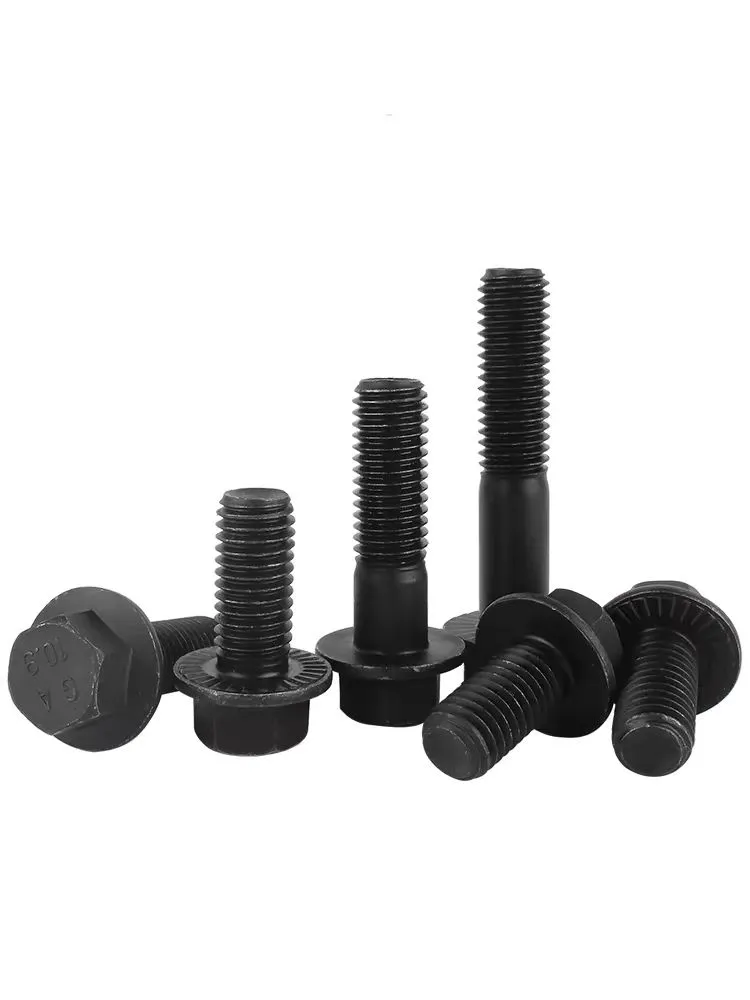

ASTM A153 Specification for Zinc Coated Fasteners and Screws for Corrosion Resistance
Nov . 11, 2024 03:51 Back to list
ASTM A153 Specification for Zinc Coated Fasteners and Screws for Corrosion Resistance
Understanding ASTM A153 Screws A Comprehensive Guide
In the world of fasteners, ASTM A153 screws play a crucial role due to their unique material properties and specifications. This standard, developed by the American Society for Testing and Materials (ASTM), focuses on the requirements for zinc coating materials for iron and steel hardware. Understanding the ASTM A153 specifications helps engineers, manufacturers, and end-users select the right screws for their applications.
Overview of ASTM A153
The ASTM A153 standard was established to provide a coating process that enhances the corrosion resistance of iron and steel fasteners. It specifically applies to those components that require hot-dip galvanizing as a protective measure against environmental factors. This process involves immersing the screws in molten zinc, which creates a robust layer that protects the base metal.
Properties of ASTM A153 Screws
1. Corrosion Resistance The primary advantage of ASTM A153 screws is their exceptional resistance to corrosion. This is achieved through hot-dip galvanizing, which creates a thick coating of zinc on the surface, preventing rust and degradation. This property makes them ideal for outdoor applications, where exposure to moisture and varying weather conditions can pose significant risks to the longevity of fasteners.
2. Durability With enhanced corrosion resistance comes increased durability. ASTM A153 screws can withstand a range of environmental conditions without significant deterioration. Their toughness makes them suitable for heavy-duty applications, such as construction and industrial projects.
3. Compatibility with Other Materials ASTM A153 screws can be used alongside various materials, including wood, plastic, and masonry. Their versatility extends to both indoor and outdoor settings, allowing for flexibility in design and application.
4. Mechanical Properties The mechanical strength of ASTM A153 screws meets the requirements set forth in the standard, ensuring that they can endure the stresses and loads typical in fastening applications. These screws are tested for tensile strength and hardness, ensuring they perform effectively under stress.
astm a153 screws - a fastener

Applications of ASTM A153 Screws
ASTM A153 screws are widely used across different industries due to their corrosion-resistant properties. Some common applications include
- Marine Industry Given their resistance to saltwater corrosion, these screws are frequently used in boat construction and other marine applications. - Construction and Infrastructure They are essential in building projects where structural integrity is paramount. They are often used in bridges, railways, and road construction due to their durability.
- Agricultural Equipment In environments where equipment is frequently exposed to moisture and harsh conditions, ASTM A153 screws provide a reliable fastening solution.
- Outdoor Furniture Patio and garden furniture manufacturers utilize these screws to ensure longevity and performance, even when exposed to the elements.
Conclusion
In conclusion, ASTM A153 screws represent a vital category of fasteners designed for specific applications requiring enhanced corrosion resistance and durability. Their unique properties make them an essential choice for various industries, especially where high-performance fastening solutions are necessary. By adhering to the ASTM A153 standards, manufacturers ensure that these screws will meet the demands of their environments and maintain structural integrity for years to come.
Understanding the specifics of ASTM A153 is critical for anyone involved in the selection and use of fasteners. Whether for construction, marine, or agricultural applications, these screws provide a reliable and efficient fastening solution that enhances the durability and safety of the overall assembly. As industries continue to evolve, the role of ASTM A153 screws will remain significant, ensuring that they meet the rigorous demands of modern engineering and construction practices.
Latest news
-
Hot Dip Galvanized Bolts-About LongZe|High Strength, Corrosion Resistance
NewsJul.30,2025
-
High-Strength Hot Dip Galvanized Bolts - Hebei Longze | Corrosion Resistance, Customization
NewsJul.30,2025
-
Hot Dip Galvanized Bolts-Hebei Longze|Corrosion Resistance&High Strength
NewsJul.30,2025
-
High-Strength Hot-Dip Galvanized Bolts-Hebei Longze|Corrosion Resistance&High Strength
NewsJul.30,2025
-
Hot Dip Galvanized Bolts-Hebei Longze|Corrosion Resistance&High Strength
NewsJul.30,2025
-
Hot Dip Galvanized Bolts - Hebei Longze | Corrosion Resistance, High Strength
NewsJul.30,2025

